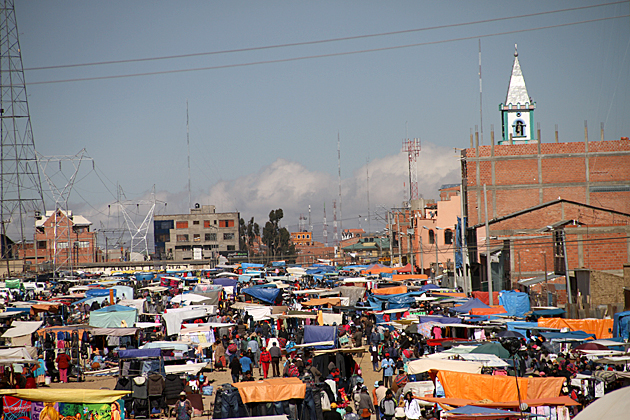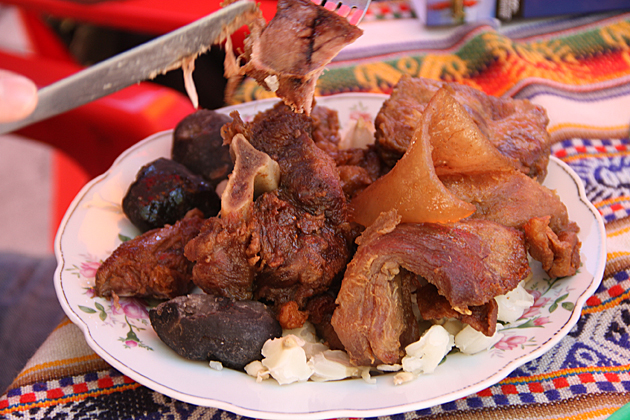Strike! (Or: Late to Cochabamba)
We learned about the roadblock at 9am, just after arriving at the terminal. Our bus might leave at noon. At 1pm, we were told that 3pm could be the new departure time. At 5pm, we traded in our tickets for a night bus leaving at 9. And around 11pm, we finally got on the road to Cochabamba. A fourteen-hour delay: in terms of Bolivian strikes, we actually got pretty lucky!










